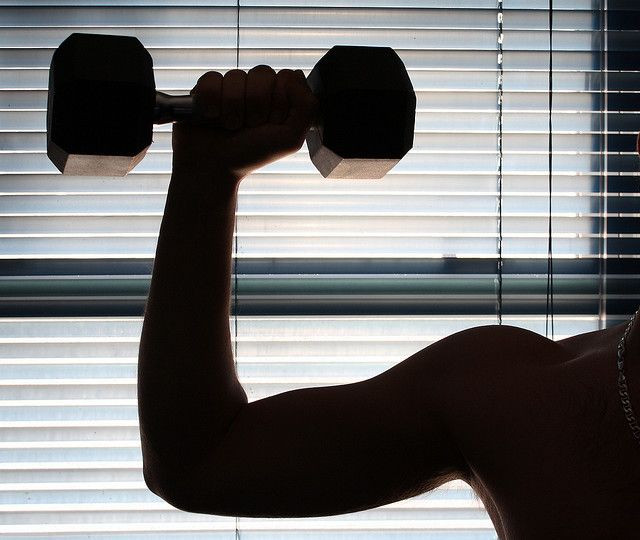Tabata Protocol; Four Minutes, Three Days A Week For Your Ideal Body

Fitness innovators say four minutes a day of their recently developed workout is all you need to achieve that physique you've so desired.
A demanding work schedule along with other social factors can make getting to the gym a hassle for anyone. The Tabata Protocol, created by Japanese scientist Dr. Izumi Tabata, was originally thought up with athletes in mind; however, the training method has made its way into many a fitness trainer's repertoire.
High-intensity interval training (HIIT) is a cutting edge approach to exercise that combines sequences of high impact aerobics with moderate recovery periods aimed at improving cardiovascular health.
This particular workout regime is said to require around eight minutes of intense physical activity for three days of the week to kick start your metabolic rate.
The first stage of the workout begins with a five minute warm up to raise the heart rate and engages your metabolism. The brunt of the system focuses on eight intervals of 20 second concentrated bursts of aerobics followed immediately by 10 seconds of rest. The final step entails two minutes of cool-down.
Tabata and his colleagues originally tested the workout back in 1996 at the National Institute of Fitness and Sports in Tokyo, Japan. The Tabata Protocol, at the time referred to as VO2max, was compared to a balanced anaerobic exercise.
Researchers asked high performance athletes at the peak of their physical fitness to ride a stationary bike with varying exertions of energy in certain timespans. Their findings revealed that high intensity workouts were just as effective, if not more so, then low intensity training.
"The rate of increase in V02max is one of the highest ever reported," expalined Dr. Tabata
Although Dr. Tabata boasts the efficiency of his product, a cross section of fitness experts warns this system may not be for everyone. Anyone thinking about adopting this routine should seek the advice of a physician before starting.
Physiologist with the American Council on Exercise, Mark P. Kelly told Reuters, "Harder or more is only better up to a point. Do other things. Maintain flexibility, maintain good joint mobility. Do resistance to strengthen muscles. Do longer aerobics. Build your aerobic base first."
Published by Medicaldaily.com



























